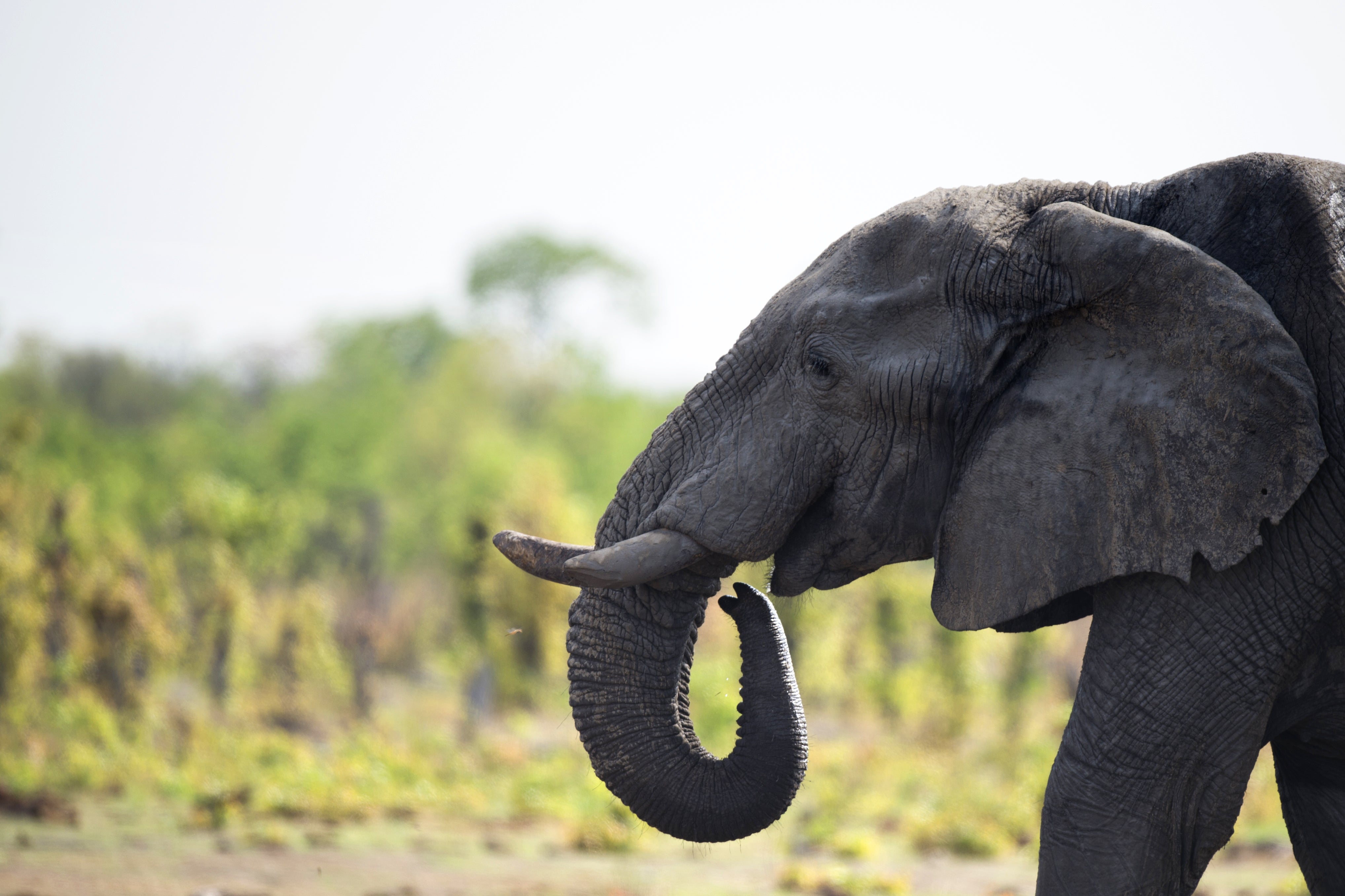The truth behind why African elephants are dropping dead
35 elephants suddenly dropped dead in 2020, and no one could explain why, yet these new findings may just be the answer
No one knew precisely what caused the unexplained tragedy in which 35 African elephants in Zimbabwe mysteriously dropped dead in late 2020.
The first to be found was an eight-year-old male found lying in the Panda Masuue forest reserve on 24 August 2020, only to be followed by another 10 elephants found within the next two days, many of them young, all lying dead within a couple of kilometres from each other.
The death toll reached 35, but there was still no sign of what was killing these giant creatures.
At first, anthrax was a possible contender, along with poaching or intentional poisoning, but they were all ruled out early on.
Three years later, a new study by a group of scientists has found that a rare bacterium that causes organ inflammation is responsible for the elephants’ untimely deaths.
A variant of the Pasteurella bacteria, named Bisgaard taxon 45, was identified by the scientists in their study of samples from six of 15 dead elephants that they analysed.
This variant of this bacteria showed up in their sample, making the scientists conclude that the elephants died from the lethal infection.
The elephants suffered inflammatory bleeding of the internal organs, enlarged spleens and livers, as well as considerable internal bleeding and tissue death, according to Initial findings in the elephants’ postmortems and laboratory results.
At first, scientists reviewed the possibility of Pasteurella multocida, which is known to cause haemorrhagic septicaemia, a common disease amongst cattle and buffaloes that is highly fatal.
However, after further testing, they found that the findings were more complicated than thought.
“It became clear from the culture samples that we did not have P. multocida but something else similar,” Laura Rosen, an epistemologist who worked on the study, said, according to Science News.
While samples from the other elephants were not obtained due to rotting or not being able to get permits quick enough, six of the samples they did get showed this rare bacteria.
Little is known about this bacteria, as a few rare cases have only been documented so far.

The study cites that Bisgaard taxon 45 has in the past been linked to bite wounds on humans from tigers and lions.
It was also previously found in a chipmunk and a captive health parrot.
However, the researchers suspect this is not the first time that an outbreak of the disease has caused mass fatalities within elephants.
In 2019, 14 elephants were found dead in Zimbabwe within the same time period as this group was a year later.
While no bacterial samples were taken at the time, the noted conditions of the deceased animals were similar to those of the 2020 group.
It is unclear what caused this bacteria to enter the elephants’ body, whether it is part of its “normal flora,” but the researchers believe that stress and heat would have contributed to the outbreak.
“It’s premature to say that climate change has influenced [this], but it may do so in future if we get more and prolonged droughts, or the rainfall patterns [change] and we have a much harsher dry season,” Dr Chris Foggin, a researcher on the study said, according to CNN.
“I do think that if that is the case, then we are more likely to see this sort of mortality event occurring again.”
This study is essential for organisations that seek to conserve these elephants, who are already an endangered species.
Earlier that same year, around 350 elephants dropped dead within the space of three months in neighbouring Botswana.
African elephants are listed as endangered on the International Union for Conservation of Nature Red List, with only approximately 415,000 left in the wild as of 2021.
Their populations are thought to have diminished by 144,000 between 2007 and 2014, with an ongoing loss of 8 per cent annually.
Join our commenting forum
Join thought-provoking conversations, follow other Independent readers and see their replies
Comments
Bookmark popover
Removed from bookmarks